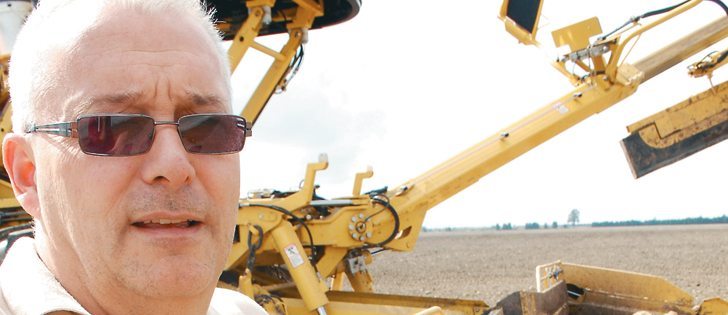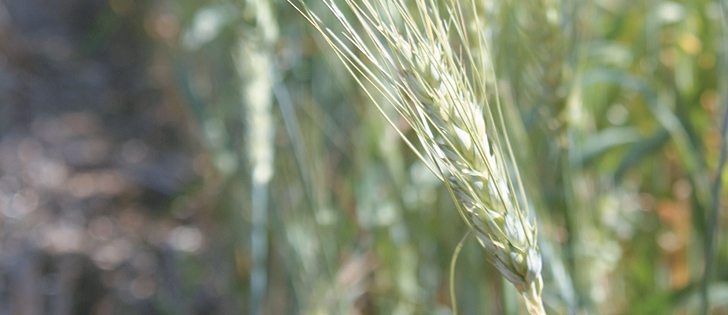Water knows no political or geographic boundaries.
Prairie rivers and watersheds operate as a single interconnected regional water system, including the North and South Saskatchewan, the Nelson and Churchill, the Athabasca and Peace and the Missouri and Red.
It’s a region of net water loss – evaporation exceeding precipitation in a normal year – receiving less than 500 centimetres of precipitation annually, compared with 987 cm in London, Ont.
It’s also a situation that could worsen with climate change.
Read Also

Government, industry seek canola tariff resolution
Governments and industry continue to discuss how best to deal with Chinese tariffs on Canadian agricultural products, particularly canola.
At the same time, demand for those limited water resources is increasing, from an expanding urban population, industry, agriculture and recreation.
As a result, managing water resources on the Prairies and ensuring that the right water policies are in place are crucial to the region’s economic and social future.
It is also no easy task.
The Prairie Water Directive (PWD), released in March 2009, is designed to help accomplish all that.
Lindsay Telfer, the Calgary-based spokesperson for Sierra Club of Canada Prairie, one of the groups involved in producing the PWD, said the idea was to put together a “statement of expectations” about what would constitute sound water policy on the Prairies.
“We need to recognize the importance of consistency in water policy across the region,” she said.
“We see this as a document that identifies benchmarks for sound water policy.”
More than 50 groups and organizations have endorsed the 52-page report, which touches on a wide range of water related issues, from supply and demand to quality to determining the best ways to use water.
“This is a critical period for the Prairies in terms of water,” said Darrin Qualman, research co-ordinator for the National Farmers Union, who has studied water-related issues.
“We’re at a moment when we really need to bring in some good policies around water use.”
He said this is a time of transition, from a century of relative water abundance to coming decades in which demand will exceed supply in many watersheds and quality issues will become more prevalent.
Qualman said it’s important farmers be aware of these issues and get involved in the discussion, as individuals or through their organizations.
Everyone recognizes that the use of water to produce food is a high priority, he added, but some approaches won’t be beneficial over the long term, such as “damming every river” to provide reservoirs for irrigation.
The PWD says prairie citizens face a clear choice in terms of future water policy.
“Should we dam and divert rivers, drill and pump aquifers, destroy wetlands and pollute lakes to meet the insatiable demands of a business-as-usual economy?” the report said.
“Or should we rethink what it means to live and prosper in the prairie provinces, working to make the best use of our water resources and shaping our actions to respect natural limits?”
Telfer said the document has been distributed to the three prairie provincial governments, along with all MPs and MLAs in the region.
It has been endorsed by a broad coalition of more than 50 groups, including environmental groups, labour unions, and health care groups.
She said it has been generally well-received by governments because it wasn’t presented to them in a confrontational way, but rather as a piece of legitimate public policy research for consideration.
“Each recommendation is based on a solid body of evidence and I think governments are taking it as an informative piece of research,” she said.
The document is a work in progress, she added, and the next step is an assessment of where each of the prairie provincial governments are in terms of meeting the report’s goals.
“Only time will tell whether it has the ability to influence the direction of our water policy,” she said. “That’s clearly our goal and we hope we can achieve it.”
Visit www.prairiewaterwatch.ca/ to read the entire PWD document.
















